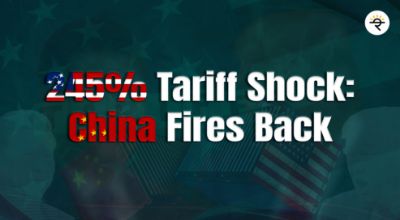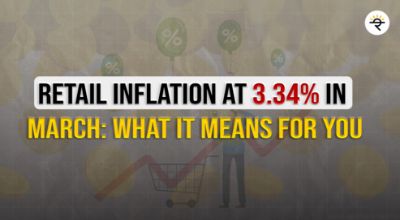Managing personal finances can feel overwhelming at times, but it’s the key to building a secure and fulfilling future. Imagine having the power to steer your financial life toward your dreams—whether that means saving for a dream home, building an emergency fund, or planning for retirement. In today’s post, we explore smart financial strategies with a friendly conversation between two characters, Amit and Priya, who have each learned valuable lessons in managing their money.
Why Personal Finance Matters
Personal finance is about more than just crunching numbers—it’s a holistic approach to managing your money wisely, reducing debt, and making informed investment decisions. Whether you’re starting your career or already well into your working life, understanding and organizing your finances can help reduce stress and set the stage for long-term financial freedom.
Imagine being able to enjoy your favorite hobby without worrying about unexpected expenses or feeling anxious about the future. That’s the power of solid personal finance management.
Laying the Foundation: Budgeting and Expense Management
Amit, a young professional, once found himself scrambling each month to cover his expenses. Through trial and error, he discovered that preparing a simple budget was the first step toward financial stability. Here's what he learned:
1. Track Your Spending: Amit started by tracking every rupee he spent using a budgeting app. By categorizing his expenses—like food, transport, entertainment, and bills—he gained a clear picture of where his money was going.
2. Set Clear Priorities: Together with Priya, a friend with a knack for organization, Amit discovered the importance of distinguishing between needs and wants. By reducing unnecessary subscriptions and dining out less frequently, he found extra money to divert toward savings.
3. Plan for Irregular Expenses: From vehicle repairs to yearly subscriptions, planning for non-monthly bills can avoid the dreaded “oops” moment. Amit and Priya both set aside a small portion of their income every month for these occasional costs.
With a well-organized budget, they built a financial foundation that allowed them to set realistic short- and long-term goals.

The Power of Saving and Investing
Once their basic expenses were under control, Amit and Priya shifted their focus to saving and investing for the future.
1. Emergency Funds: Priya believes every individual should aim to save at least six months' worth of living expenses. This fund provides a safety net during unexpected financial hardships, from medical emergencies to job loss.
2. Investing Basics: Rather than letting savings sit idle, both friends learned the value of investing. They began exploring mutual funds, low-cost index funds, and even systematic investment plans (SIPs) that provided steady growth over time.
3. Compound Interest: One of the most powerful concepts in personal finance is compound interest—earning interest on both your principal and the accumulated interest. Amit’s excitement grew each month when he saw how his investments began to grow, proving that even small, regular investments can make a significant impact over time.
Amit and Priya’s Journey: Turning Insights into Action
Let’s dive into a brief narrative that mirrors their journey:
Amit’s Turning Point:
Amit had always dreamed of traveling the world, but he found his savings dwindling every month. After attending a personal finance workshop, he realized his spending habits were holding him back. With Priya’s encouragement, he started using a simple budgeting app. Slowly but surely, he cut down on non-essentials and redirected that money into an emergency fund and investment portfolio. Today, Amit is not only debt-free but also on track to fund his travel dreams—all because he took control of his spending.
Priya’s Financial Transformation:
Priya, on the other hand, had been managing her money fairly well but felt unsure about where to invest. After some research and discussions with a financial advisor, she diversified her portfolio by starting an SIP in a well-rated mutual fund. Her disciplined approach over time resulted in steady financial growth. Now, Priya feels confident and empowered as she plans for both short-term happiness and long-term security.
Their stories remind us that change doesn’t happen overnight. With patience, discipline, and informed choices, anyone can enhance their financial health.
Key Takeaways and Cautionary Notes
1. Start Small: Even small adjustments in your spending habits can lead to significant long-term savings.
2. Educate Yourself: Understanding personal finance is an ongoing journey. Read, ask questions, and don’t be afraid to seek professional advice when needed.
3. Plan for the Unexpected: An emergency fund is essential—it provides peace of mind and protects against unforeseen events.
4. Invest Wisely: Diversification is key. Don’t put all your eggs in one basket, and remember that investing is best approached with a long-term perspective.
Disclaimer:
This blog post is for educational and informational purposes only. It is not financial advice, nor does it constitute a recommendation to buy or sell any financial products. Always conduct your own research or consult with a financial professional before making any financial decisions.







_400.jpeg)











_400.jpeg)








